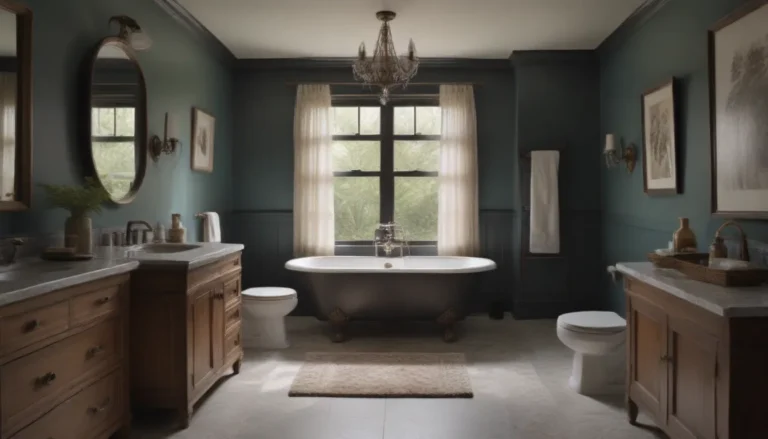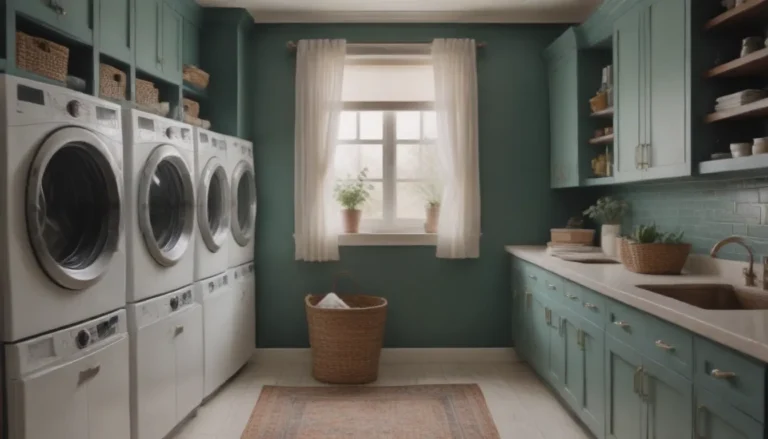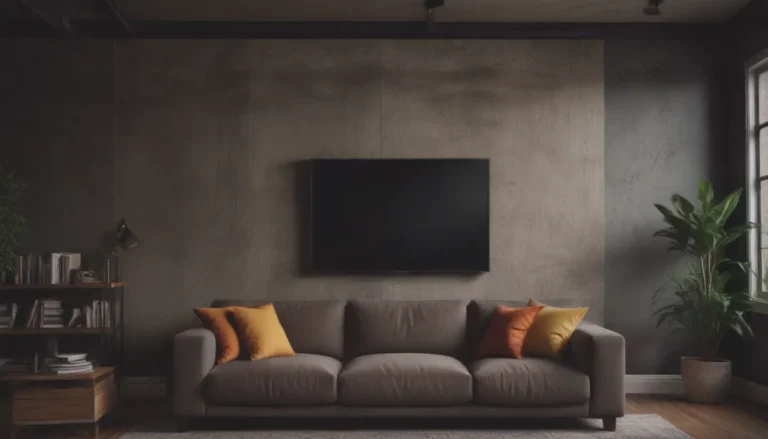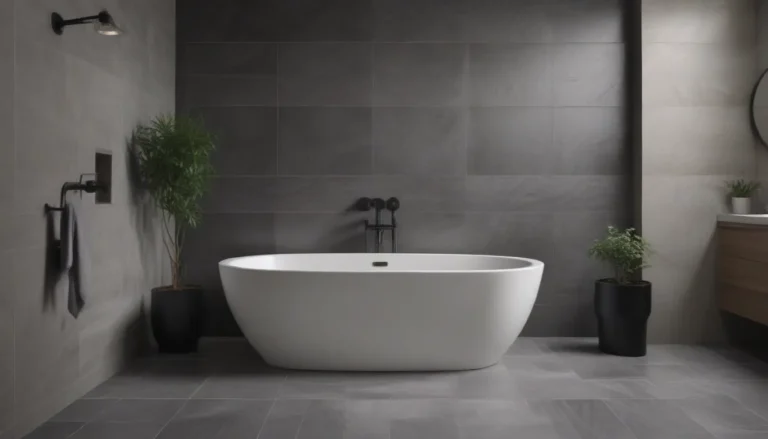Unveiling the Beauty of Italianate Architecture
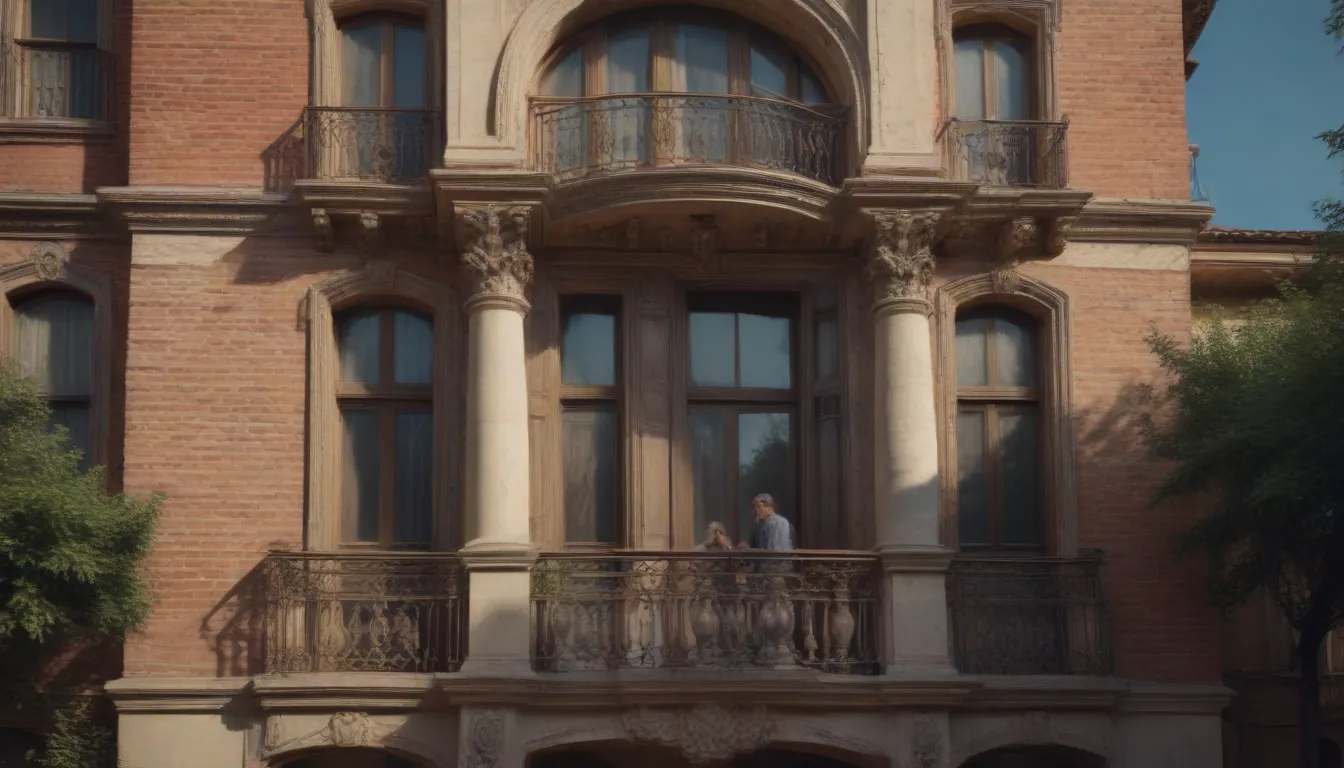
Embarking on a Journey through Italianate Architecture
Welcome to the enchanting world of Italianate architecture, a style that captures the essence of Italian Renaissance charm combined with the picturesque influences of the Tuscan countryside. This 19th-century architectural style emerged as a refreshing departure from the formalities of classical architecture, embracing a more relaxed and romanticized approach to building design and landscaping. Join us on a journey as we explore the key characteristics, history, and defining features of Italianate architecture.
Understanding Italianate Architecture
Italianate architecture originated in Britain and quickly spread across the globe during the Victorian era. Inspired by the architectural splendors of Florence and the Italian countryside, this style sought to recreate the timeless beauty and elegance of Italian Renaissance palazzos and Tuscan farmhouses. While Greek Revival architecture drew inspiration from ancient Greece and Rome, Italianate architecture embraced the romanticism of the Renaissance period, offering a more flexible and modern design alternative.
The Key Characteristics of Italianate Architecture
Italianate architecture is characterized by the following key features:
- Emphasis on natural landscaping that reflects the beauty of the Tuscan countryside
- Utilization of architectural elements inspired by 16th-century Italian Renaissance palazzos
- Incorporation of picturesque details such as follies, grottos, and lush landscaping
- Flexible floor plans and lifestyle options that cater to a range of income levels
What Does an Italianate House Look Like?
An Italianate house typically features the following design elements:
- Prominent square towers that add character and asymmetry to the building
- Simple lines and signature Tuscan farmhouse elements
- Spacious properties that highlight the connection to the outdoors
- Natural and picturesque landscaping that evokes the beauty of the Italian countryside
Unveiling the History of Italianate Architecture
Italianate architecture reached its peak popularity from 1840 to 1885, with British architect John Nash believed to have built the first Italianate villa in England. Inspired by their European tours, architects and landscape designers sought to reproduce the charm of Italian villas and gardens in their own creations. The style quickly spread from England to Northern Europe, the British Empire, and eventually to the United States where it became a favored architectural choice post-Civil War.
Italianate Architecture Across the Globe
Italianate architecture can be found in various parts of the world, including:
- Brooklyn Heights neighborhood in New York City
- 600 block of East Capitol Street NE in Washington, D.C.
- Over-the-Rhine neighborhood in Cincinnati
- Various cities like San Francisco and New Orleans
Italianate vs. Victorian Architecture: Exploring the Differences
Italianate architecture is a subset of Victorian architecture, which encompasses a wide range of building styles from the Victorian era. While Victorian architecture refers to the architectural styles popular during Queen Victoria’s reign from 1837 to 1901, Italianate architecture specifically draws inspiration from Italian Renaissance aesthetics and Tuscan farmhouse elements.
Embracing the Timeless Beauty of Italianate Architecture
Italianate architecture continues to captivate and inspire architects, designers, and homeowners around the world. With its blend of Italian Renaissance charm and picturesque Tuscan influences, this architectural style offers a unique and elegant alternative to traditional classical design. From prominent square towers to natural landscaping, Italianate architecture invites you to step into a world of timeless beauty and sophistication.
As you explore the rich history and key characteristics of Italianate architecture, you’ll discover a style that remains as enchanting and alluring today as it was during the Victorian era. Whether you’re admiring a historic Italianate home in a bustling city or strolling through a picturesque Tuscan-inspired garden, the beauty and elegance of Italianate architecture are sure to leave a lasting impression on your architectural journey.
